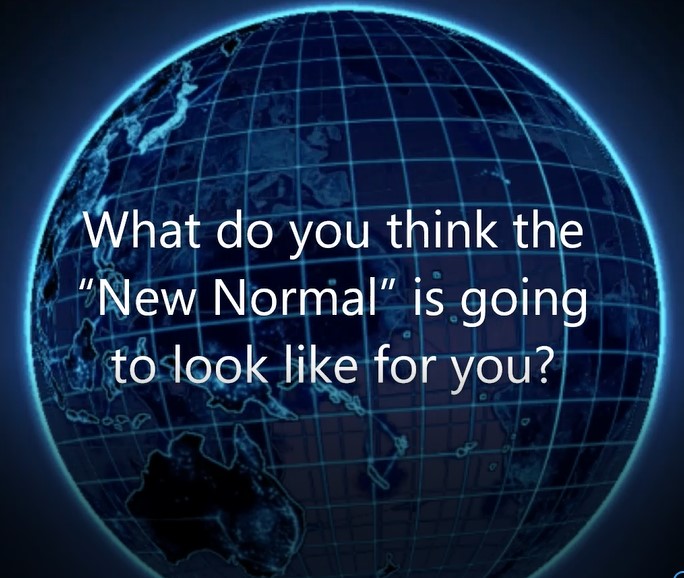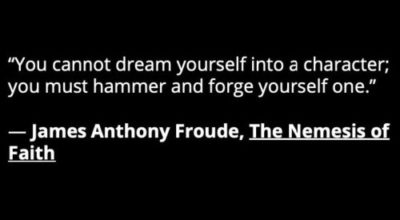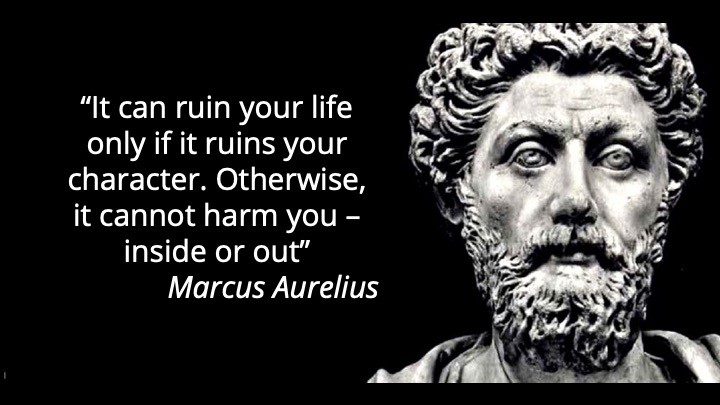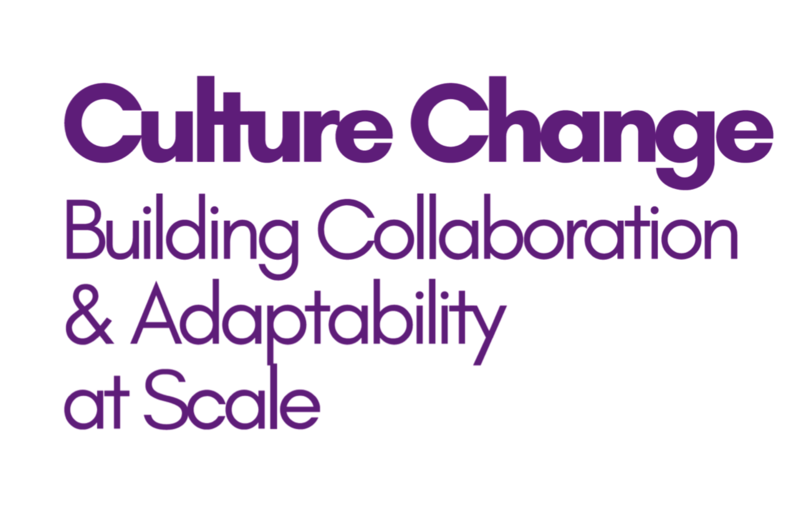As leaders, we have the power to transform the culture of our organizations. The culture, or the general consensus of “how we do things around here,” affects our business in every sense. It affects productivity, effectiveness, employee satisfaction and even our economic bottom line.
A key way each of us can make meaningful change in the culture is through our everyday interactions — one conversation at a time. We can lift the spirits and energy of our people and empower them to “be the change” of a conscious culture, without fear of failure, judgment or repercussion.
And if that’s not enough, there’s plenty of evidence that this will multiply your business results tenfold.

Source: Firms of Endearment by Raj Sisodia
What do leaders want?
Leaders at all levels, be they a team, function, regional or company leader, all want to solve their business problems with as little distraction and as QUICKLY as possible. While their particular focus could be productivity issues, effectiveness, speed or a lack of innovation, they all want a practical and doable change that will reap results right from the start.
Some leaders link their business problems to culture. If they do, they want to know how to increase the sense of ownership and engagement their people have and how to empower them. Other leaders haven’t yet made the connection that this intangible, invisible glue could be a key to greater success.
What do people want?
Most people come to their place of work wanting to do a good job. They want to be satisfied, to make useful contributions and to feel their effort makes a difference. At the same time, they want to feel they are valued by their company. Can you imagine the power if leaders can provide this kind of working environment when the change feels relevant and doable to every person in an organization? Can you imagine how quickly things could move forward?
Can they get it?
The big question is, can we achieve this?
The solution is to highlight interactions by increasing the quality of the exchanges between the human beings that make up that workplace. We want to captivate the hearts and minds of our employees by engaging in real conversation between people. These need to be ones in which they feel heard and feel they can express their own truth safely.
We spend long hours on the technical aspects of our work, and yet we don’t find the right “time” to have the game-changing conversations — the very thing that will create that productive uplift, the very thing that offers people their own power to make a difference.
One conversation can make a miracle; we just don’t believe it!
Now how do you close the gap? What if you could lift the productivity by even 1 percent? What would that look like over a quarter? Over a year?
This can happen through empowering, building ownership, engaging people, and change happens quickly.
Create an environment of powerful conversation.
How do you manage a wild horse? You don’t. You tend to its environment and overall health so it can be itself. It’s the same for us humans. The right environment that meets our physical and psychological needs enables us to step up and bring ownership to our tasks, to give full attention and energy to our work. So, as leaders, we can create a space where people feel trusted, feel they can bring their best and be appreciated for that, and feel they can raise their voice and contribute their expertise and have their opinions be heard. For human beings, the key for energizing today’s communities lies in the quality of our interactions and internal well-being — one conversation at a time.
Change culture — one conversation at a time.
We’re not just talking about any old conversation but a thoughtful, authentic interaction — not an automatic broadcast. The conversations that really have an impact are those that are a true heart to heart, where you discuss something that matters.
Consciousness means stepping out of the automatic and into the authentic conversations about what’s really going on. Press the “pause button” and truly engage in what you’re saying. Exercise choice when it comes to your interactions. All this is deceptively simple, yet it’s not easy to do. But every time you try to talk with people in a different way, it will make a difference. Imagine if every conversation was 1 percent more authentic. Just that tiny change can have an immense impact. Imagine how that could add up over a quarter…or a year.
Do people really feel empowered by it?
Feedback we have received from a client on why the “conscious conversations” work in practice identified how empowering it was for the individual. Unlike most corporate programs that tell people how to change, this way of transforming culture places the power squarely in the hands of the individual. Rather than waiting for others to step out first — for “them” to act — with powerful conversations, the decision and the action are for the individual to take.
Armed with a new view of self-responsibility, people can speak up and increase mutual understanding about what matters to them, what can be improved, changed or resolved. When this happens, connections are made.
In addition to empowerment, with conversations, you can keep learning, you can keep expanding your confidence, and you can come back again if it doesn’t go so well. It’s not a single change but a human learning curve that builds up. Like a muscle used, we get better at taking off the unhelpful masks we’ve learned to wear.
One thing we hear from people over and over is that when their leaders authentically enquire and listen to people as they express their fears, hopes, ideas and contributions, then they feel more encouraged and more valued. The magic is that the manager is more empowered with tough changes, as they connect with the heart of people’s fears and worries. Then people feel less alone through the turbulent times. It simply helps to know that others care, to hear you’re not alone, to be asked to express yourself, and to feel truly heard.
Where is our evidence of better results x10?
It might feel counterintuitive to spend time talking to achieve better business outcomes, but it does work. There is plenty of evidence out there. A client of Axialent, a big pharma company, conducted an independent assessment of their “changing culture, one conversation at a time” workshops by asking only 15 of the hundreds of managers who participated to assess the impact. They quantified a significant, and measurable, positive impact of over $100 million in the first 12 months.
Improved decision-making, better team communications and smoother interactions across organizational boundaries were all cited as causal factors.
Some years later, we still hear people say that the program is proving its stickability.
In a nutshell…
Changing culture, one (conscious) conversation at a time, makes business sense. It makes common sense.
You will get:
- A better company culture. Results in minutes, not months. Real, doable, relevant change.
- People who can take the change into their own hands. They craft it for themselves.
 Axialent recently hosted a live debate, Return to the new normal: Leader’s top of mind, featuring Oseas Ramirez, corporate innovation advisor and keynote speaker to Fortune 500 companies, startup founder, and board member in several organizations, and Thierry De Beyssac, business cultural transformation expert and former CEO in 12 countries. The two explored and debated global organizations’ leaders’ top of mind topics and how to prepare for the “new normal”.
Axialent recently hosted a live debate, Return to the new normal: Leader’s top of mind, featuring Oseas Ramirez, corporate innovation advisor and keynote speaker to Fortune 500 companies, startup founder, and board member in several organizations, and Thierry De Beyssac, business cultural transformation expert and former CEO in 12 countries. The two explored and debated global organizations’ leaders’ top of mind topics and how to prepare for the “new normal”. 

 Moreover, d
Moreover, d

















